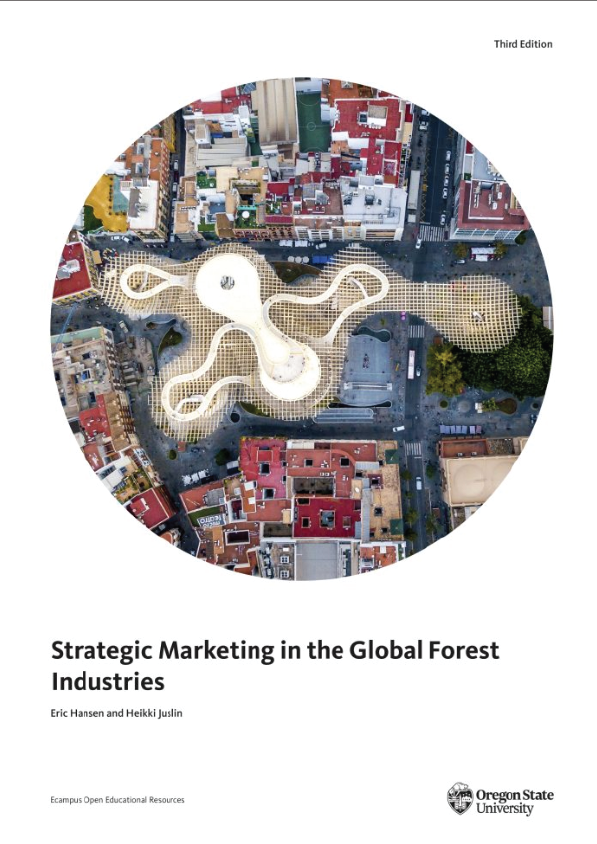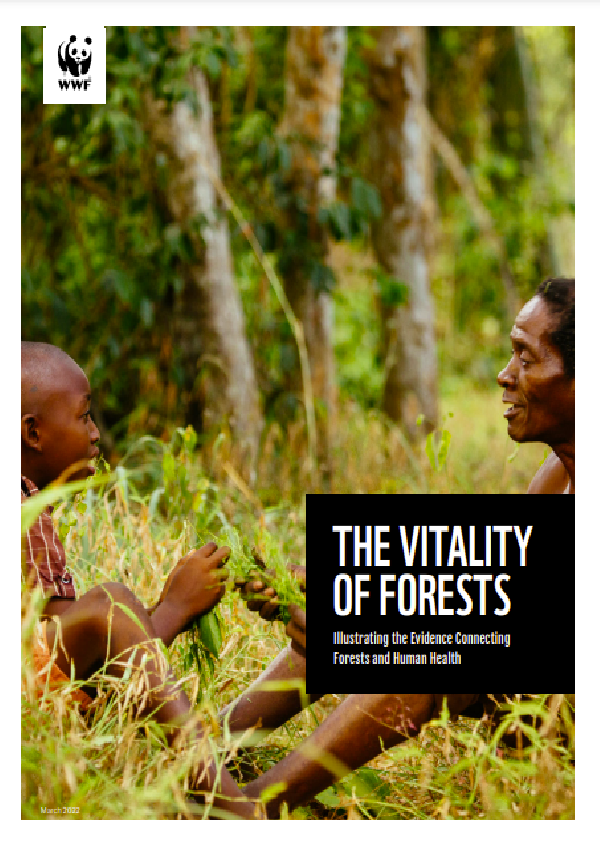This chapter sets the stage and provides the context for the marketing of forest products. The forest industry is increasingly global and every marketer of forest products should have a global perspective. As a natural resource-based industry, the forest industry has an especially high profile role in environmental protection and is increasingly involved in climate change mitigation and management. Global forests are not only important because they provide a source of industrial raw material, but also because of the various other human needs they satisfy. A forest products marketer should have a basic understanding of the role that global forests play in society. Major societal trends are impacting the external environment within which the forest industry operates. We provide an overview of global forests and a brief description of the markets for the main categories of the forest industry. Following this we outline several important societal trends as well as how the industry is evolving over time and conclude with a brief description of what this means for business and marketing in the forest industry.
The Food and Agriculture Organization (FAO) of the United Nations follows the development of global forests and regularly provides information about forests and how they are changing. The world regions as used by FAO are generally: North and Central America, Europe, Asia, South America, Africa, and Oceania (Figure 1). Some documents by FAO may have slightly different regional groupings.
In 2015 the world’s forest cover was 3.99 billion hectares. Europe has the largest forest area (25%) as it includes the Russian Federation, which alone comprises 20% of the world’s forest area, at nearly 900 million hectares. Because of its size, the Russian Federation dominates any analysis of forest resources. Brazil has the second largest forest area globally with over 494 million hectares. Africa contributes significantly to the world’s forest resource with 624 million hectares of forest. The 18.8% of world forest cover found in North and Central America primarily lies in Canada and the U.S. The world’s total growing stock is estimated to be 531 billion m3
Although in the context of this book forests are important for the wood they provide, it is important to recognize the myriad products and services that forests provide beyond wood. Much of the world’s biodiversity is associated with forests, especially tropical forests. Many people around the world rely on forests for a wide range of non-wood forest products such as foods and medicines. Energy from wood is critical for about 2.4 billion people around the world and forests provide 40% of global renewable energy.
Ownership of forests varies considerably among countries and regions. Public or state-owned forests are the only ownership type in the countries of the Commonwealth of Independent States (Russia, etc.). Canada is similar with over 90% of forestland owned by the government. On the other hand, in the US and much of Western Europe, private ownership is the norm. Family or individual ownership is often over 50% of the total forestland in countries such as Finland, Sweden and the US. Community ownership is important in many countries. For example, in Mexico community ownership represents 80% of total forestland.











